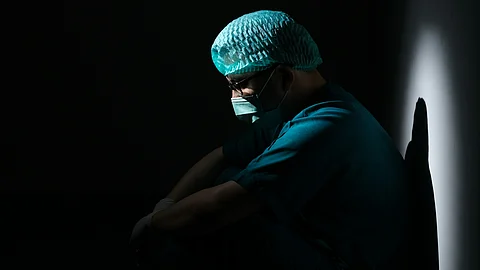The tragic incident of rape and murder of a 31-year-old trainee doctor in RG Kar Medical College and Hospital On August 9, 2024,, Kolkata threw a clear light on the persistent safety issues faced by medical professionals in India. Despite nationwide protests and promises of reforms, significant increases in security, particularly in hospitals in Chandigarh, remain elusive.
Event Insight
On August 9, 2024, the body of a 31-year-old trainee doctor was found in RGKar Medical College and Hospital in Kolkata. A subsequent investigation led to the conviction of a police volunteer, Sanjay Roy, who was sentenced to life in prison for the crime. The incident sparked widespread protests in the medical community, calling for improved safety measures for healthcare professionals.
Protests and demands Implementation of partial measures
While some steps have been taken to address these concerns, they fall short of the comprehensive reforms promised. At GMCH-32, lights have been installed in previously unlit areas, and emergency contact numbers are now displayed throughout the hospital. Additionally, a security guard is assigned to the emergency ultrasound room during night shifts. However, important measures such as the installation of CCTV cameras and an increase in security personnel are still "in progress", according to Dr. AK. Attari, Director Principal of GMCH-32.


